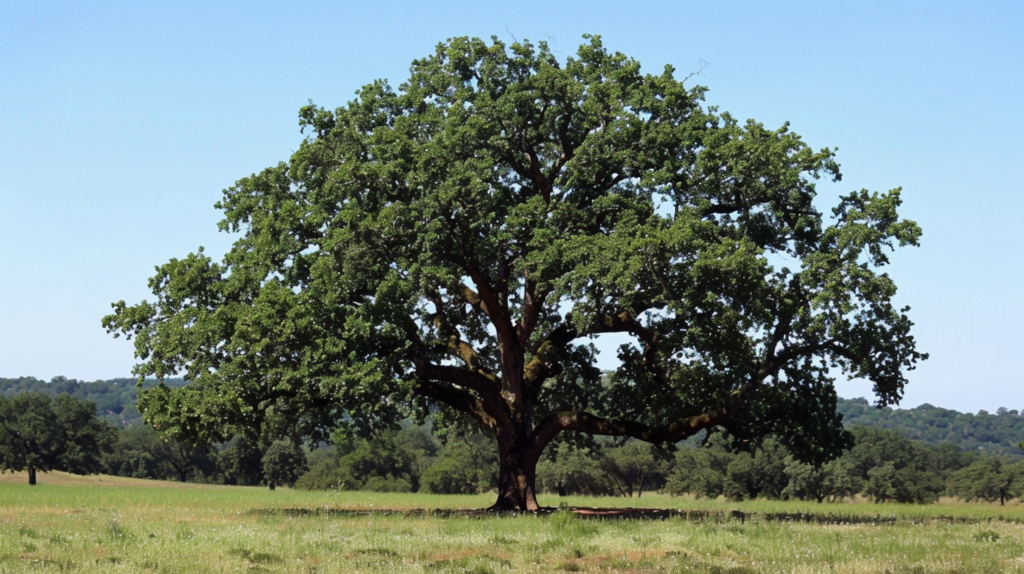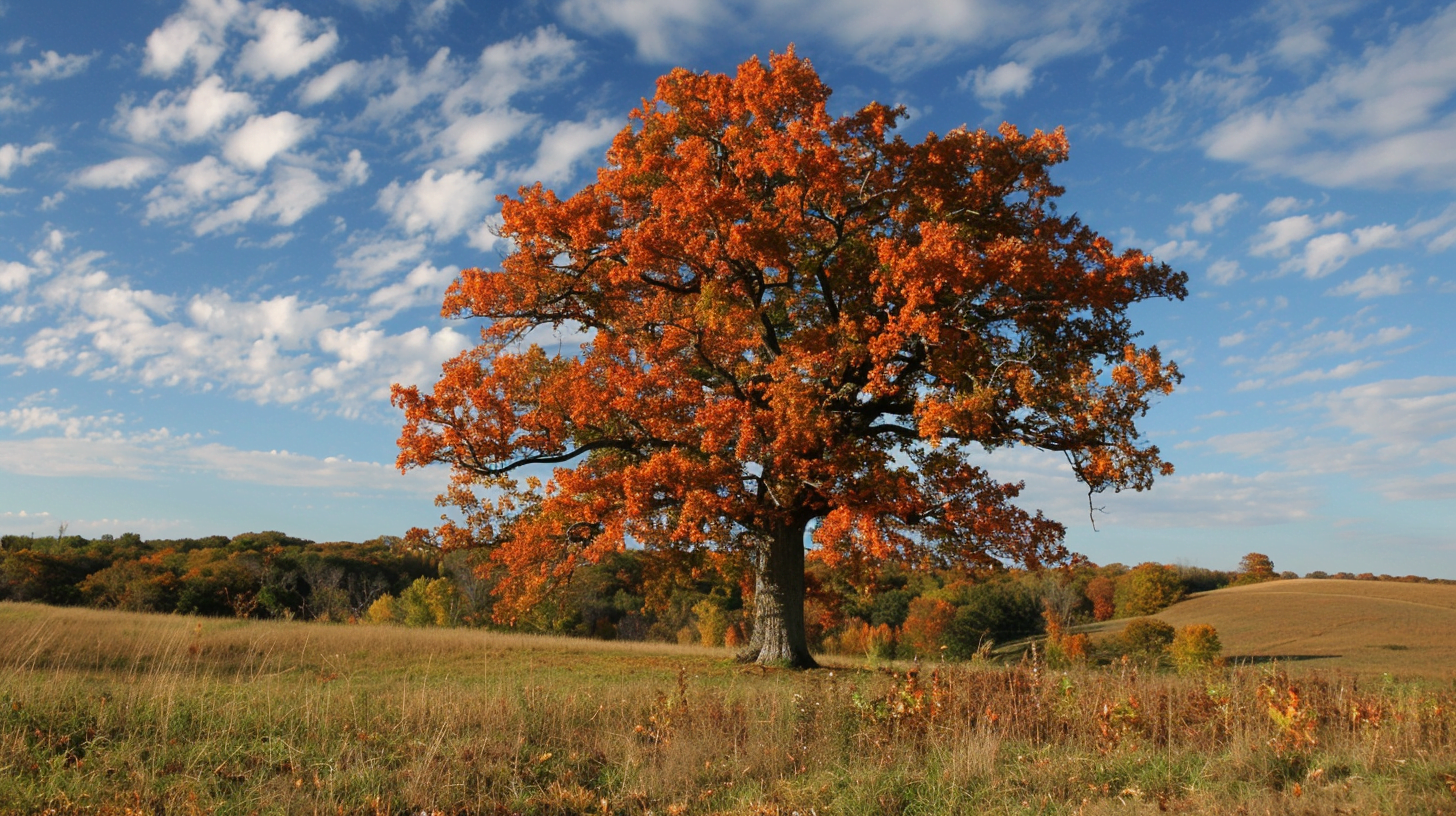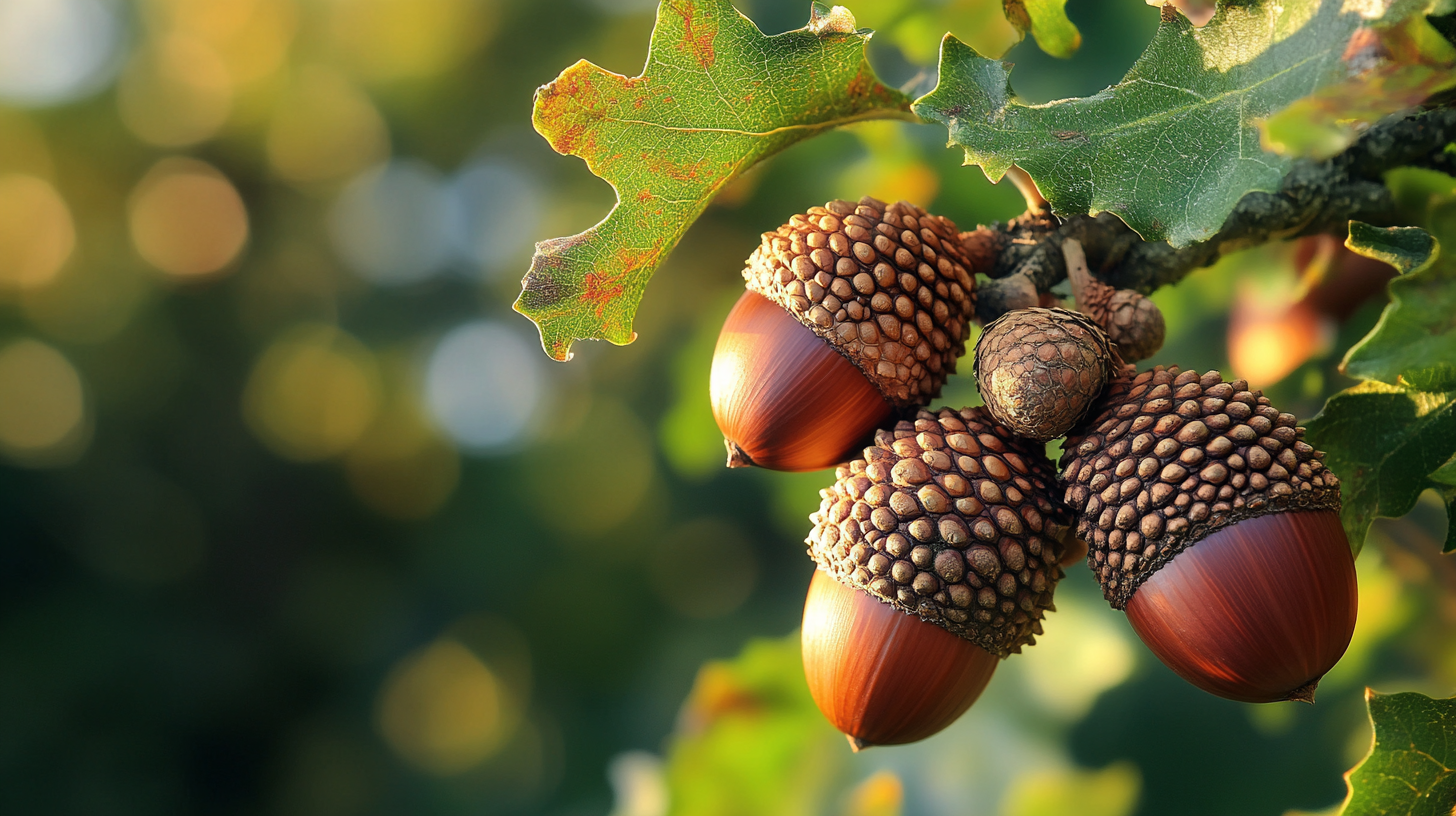Table of Contents
Oak trees are an integral part of the North American landscape, with their majestic canopies and sturdy trunks a common sight in forests, woodlands, and even urban landscapes. But have you ever wondered, are oak trees native to North America? In this article, we’ll delve into the history and significance of oak trees, exploring their origins, species, and conservation status to answer this question once and for all.
What are Oak Trees?
Oak trees belong to the genus Quercus, which comprises over 600 species worldwide. These deciduous trees are characterized by their lobed or toothed leaves, sturdy branches, and iconic acorns. Oak trees can grow up to 100 feet tall, with some species living for hundreds of years. They play a vital role in many ecosystems, providing food and habitat for a wide range of wildlife, from birds and squirrels to deer and insects.
Species of Oak Trees
There are several species of oak trees, each with its unique characteristics and habitats. Some of the most common species of oak trees in North America include:
- White Oak (Quercus alba): Known for its light gray bark and rounded leaves, white oak is a common sight in eastern North America.
- Red Oak (Quercus rubra): With its pointed leaves and reddish-brown bark, red oak is a dominant species in many eastern forests.
- Live Oak (Quercus virginiana): This evergreen oak is found in the southeastern United States, with its twisted branches and small, oval leaves.
The History of Oak Trees in North America
Oak trees have a rich history in North America, with fossil records dating back to the Cretaceous period, over 100 million years ago. During the last ice age, oak trees were confined to the southern United States, but as the climate warmed, they migrated northward, eventually covering much of the continent. Native Americans relied heavily on oak trees for food, shelter, and medicine, with many tribes considering them sacred.
Are Oak Trees Native to North America?
So, are oak trees native to North America? The answer is a resounding yes. Oak trees have been a natural part of the North American landscape for millions of years, with many species endemic to the continent. However, human activity has significantly impacted oak tree populations, with deforestation, urbanization, and the introduction of non-native species threatening their survival.
Evidence for Native Status
Several lines of evidence support the native status of oak trees in North America:
- Fossil Record: Fossilized oak leaves and acorns have been found in North American sedimentary rocks dating back to the Cretaceous period.
- Genetic Analysis: Genetic studies have revealed that North American oak species are distinct from those found in other parts of the world.
- Indigenous Knowledge: Native American cultures have a deep understanding of oak trees, with many tribes relying on them for food, medicine, and spiritual practices.
Oak Tree Species Native to North America
North America is home to many native oak tree species, each with its unique characteristics and habitats. Some of the most common native oak species include:
| Species | Characteristics | Habitat |
|---|---|---|
| White Oak (Quercus alba) | Light gray bark, rounded leaves | Eastern forests, woodlands |
| Red Oak (Quercus rubra) | Pointed leaves, reddish-brown bark | Eastern forests, woodlands |
| Live Oak (Quercus virginiana) | Evergreen, twisted branches, small oval leaves | Southeastern United States, coastal plains |
Non-Native Oak Tree Species in North America
While oak trees are native to North America, several non-native species have been introduced to the continent. These species can outcompete native oaks for resources, leading to a decline in native oak populations. Some of the most common non-native oak species include:
- English Oak (Quercus robur): Introduced from Europe, English oak is often used as an ornamental tree in urban landscapes.
- Pin Oak (Quercus palustris): Native to Asia, pin oak is often used in landscaping for its small size and tolerance of wet soils.

Conservation Efforts and Management of Oak Trees
Conserving and managing oak trees is crucial for maintaining healthy ecosystems and preserving biodiversity. Some of the key conservation efforts include:
- Reforestation: Planting native oak species in areas where they have been lost or degraded.
- Habitat Preservation: Protecting oak habitats from development, logging, and other human activities.
- Sustainable Forest Management: Managing oak forests in a way that balances human needs with environmental concerns.
Case Study: The Oak Reforestation Program
The Oak Reforestation Program, launched by the U.S. Forest Service, aims to restore oak forests in the eastern United States. By planting native oak species and controlling invasive species, the program has helped to increase oak populations and improve ecosystem health.
Conclusion
In conclusion, oak trees are indeed native to North America, with a rich history and significance in the continent’s ecosystems. By understanding the native status of oak trees and the threats they face, we can work to conserve and manage these majestic trees for future generations. Whether you’re a forester, a naturalist, or simply someone who appreciates the beauty of oak trees, we hope this article has provided you with a deeper appreciation for these incredible trees.




